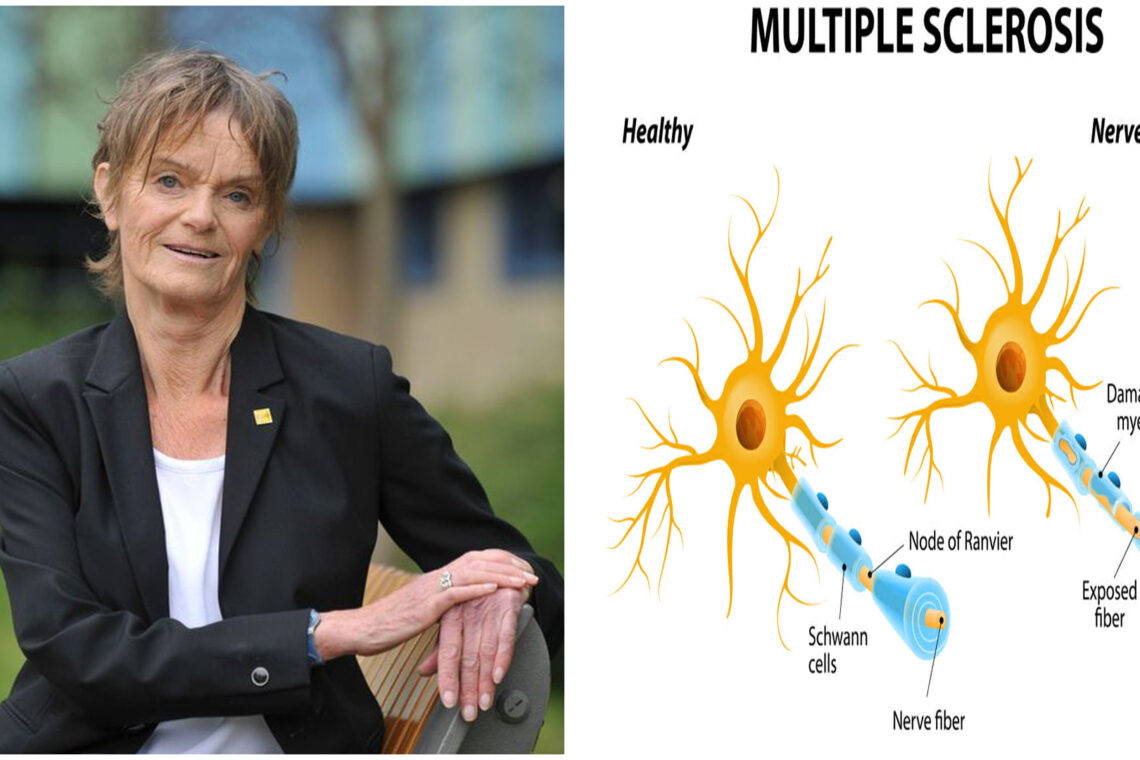
Over two million individuals worldwide find themselves grappling with a debilitating condition known as multiple sclerosis, often abbreviated as MS. This neurological disorder primarily impacts the nerve cells within the brain and spinal cord, leading to a range of distressing symptoms. Those affected may experience issues such as blurred vision, partial or complete blindness, psychological disturbances, and muscular challenges, which can severely affect their quality of life. In some instances, MS can prove fatal, and those diagnosed often face a reduced life expectancy. Although various medications are available to help manage symptoms, a definitive cure for MS remains elusive.
In a significant development, a researcher from the United Kingdom has made strides toward a potential remedy. Dr. Su Metcalfe, affiliated with LIFNano Therapeutics in Cambridge, has discovered a method to prevent the detrimental effects of MS on nerve cells. This breakthrough could have profound implications for the estimated 2.3 million individuals affected by MS globally, marking a pivotal moment in the ongoing battle against this challenging disease.

Dr. Metcalfe explains that multiple sclerosis can manifest in different forms, with some patients progressing directly to a severe variant while the majority experience a relapsing or remitting type. The onset of MS often occurs around the age of thirty, and the absence of a cure leaves patients reliant on treatments that suppress their immune responses. However, these treatments can come with significant side effects, and unfortunately, many patients in the UK do not receive necessary care due to the high costs associated with these medications.
In her quest to understand the mechanisms controlling immune responses, Dr. Metcalfe stumbled upon a unique binary switch that regulates activity within immune cells. This switch, influenced by a protein known as LIF (leukemia inhibitory factor), plays a crucial role in preventing the immune system from mistakenly attacking the body’s own tissues. Remarkably, LIF not only manages immune responses but also contributes to the health of the brain and spinal cord. It is instrumental in facilitating tissue repair, effectively activating the body’s own stem cells to foster natural regeneration. This dual functionality positions LIF as a promising candidate for regenerative medicine, particularly in healing brain damage.
Celebrating women entrepreneurs on #IWD2018 – Dr Su Metcalfe, Founding Director of LIFNano Therapeutics, shares her journey from scientist to entrepreneur. Su has been supported by @CamSocVent and Accelerate Cambridge @CambridgeJBS. Read more https://t.co/F37J16zifr pic.twitter.com/zDCyDcMduu
— CJBSEntrepreneurship (@CJBS_EC) March 8, 2018
Dr. Metcalfe expresses her enthusiasm about this discovery, noting that it offers the potential for treating autoimmune diseases like MS. This groundbreaking approach not only aims to halt the progression of the disease but also to repair existing damage within the brain and spinal cord, providing what she refers to as a “double whammy” benefit. By both preventing autoimmunity and fostering recovery, this research holds great promise for those suffering from multiple sclerosis.
In addition to her work on MS, Dr. Metcalfe is also exploring treatments for other conditions, including psoriasis and diabetes. She remains optimistic that with sufficient funding and support, her team may be able to identify a potential cure for multiple sclerosis by 2020. The prospect of a breakthrough in MS treatment ignites hope for millions affected by the disease, underscoring the importance of continued investment in medical research and innovation.
As the quest for a viable treatment continues, the scientific community watches with bated breath, eager to see if Dr. Metcalfe’s findings can transform the lives of those living with MS and potentially reshape the landscape of autoimmune disease treatment as a whole.